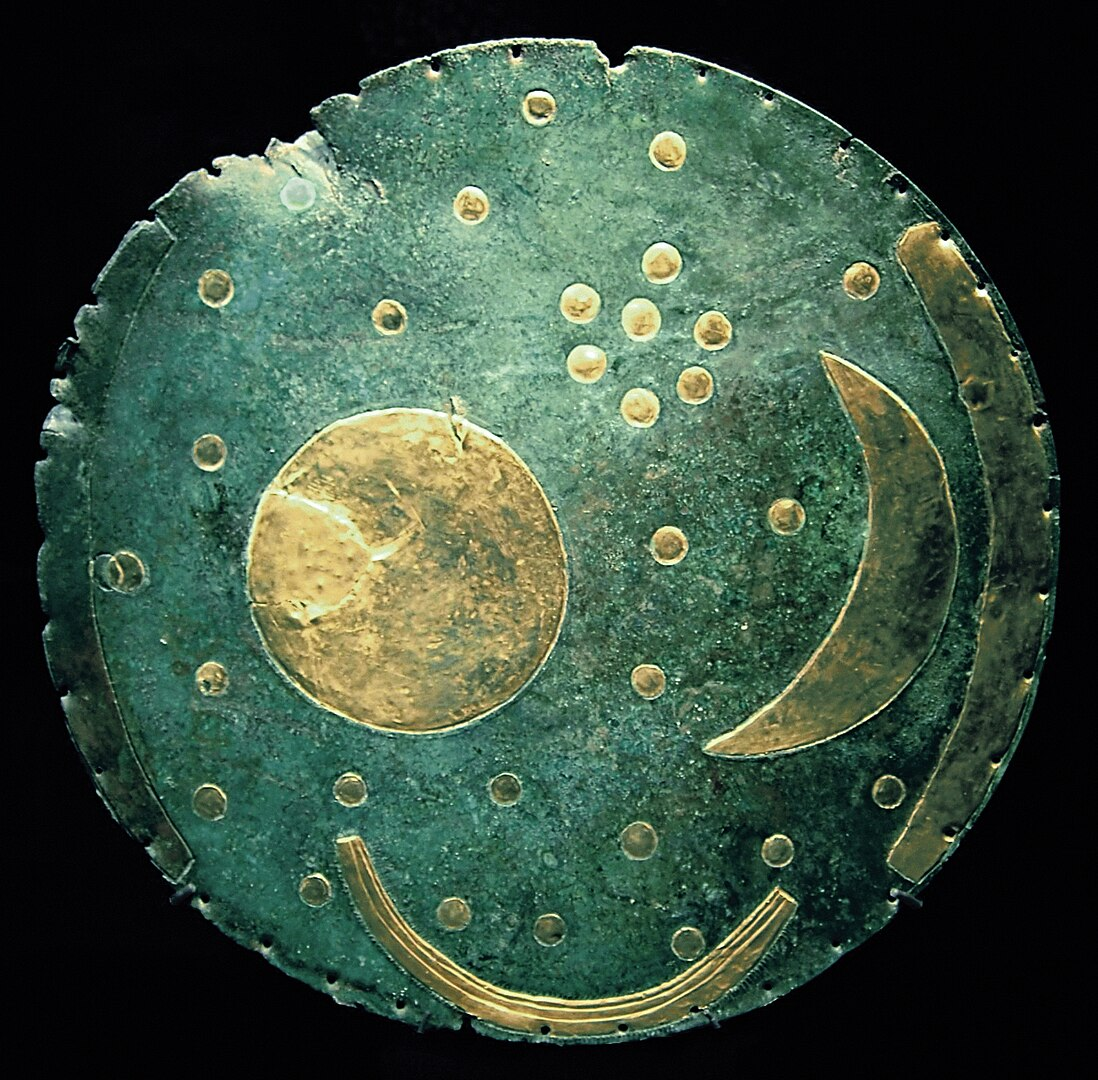The Pleiades star cluster is 20 times larger than it looks at first sight, astronomers have learned. The cluster celebrated in cultures around the world, often under the name the “Seven Sisters”, is the remnant of something much greater, with hundreds of the original stars having escaped each other’s gravitational grip.
Stars are usually formed together in giant clouds of gas, a process we can see taking place today in stellar nurseries like the Orion Nebula. Initially, gravity holds the young stars together, but as time goes on some acquire enough speed to leave the nest. As each star goes, the gravitational force binding those left behind weakens, and the bar to leaving drops, like exiting a party that’s not as fun now that the highest energy people have bounced.
Although this process is well understood, astronomers are not always sure what point in the story a particular cluster has reached. Indeed, it turns out they’ve been misjudging the best-known example for centuries. The conclusion comes by combining data from the TESS and Gaia space telescopes, revealing many previously unsuspected stars as lost members of the Pleiades family, based on their spin and motion through the galaxy.
The Pleiades are such a major feature of many cultures’ storytelling, and many of those tales are so consistent across distant continents that some anthropologists proposed the tales date back to before Homo sapiens left Africa. That’s still a very controversial claim, but there’s no doubt this cluster has a unique hold on the human mind. Even the Bible considered them worth a mention.
The cluster was known as the Seven Sisters in many cultures, or sometimes the Seven Sages, although even before the invention of the telescope, people with exceptional eyesight were aware that there were more. Steadily more powerful instruments revealed hundreds of fainter stars, but these are all in the same 2-degree patch of sky, equating to 8 light-years.

The Nebra Sky Disk, which is 3,600 years old, is thought to depict the Pleiades with the cluster of seven stars, showing the hold the cluster had on humanity that far back.
Gaia tracked the movements of stars with unprecedented accuracy, allowing astronomers to trace their movements back in time. TESS, designed to spot planets passing in front of stars, turned out to be astonishingly versatile. On of its additional talents was the capacity to measure stars’ rotation rates. Young stars spin fast and gradually slow down, making rotation one of the measures used to estimate stellar age.
The combination of age and trajectory allowed University of North Carolina-Chapel Hill graduate student Andrew Boyle to lead a project identifying stars that were born in the main Pleiades cluster and have since escaped. Likely former cluster members have been found as far as 1,200 light-years away.
“This study changes how we see the Pleiades — not just seven bright stars, but thousands of long-lost siblings scattered across the whole sky,” Boyle said in a statement. “By measuring how stars spin, we can identify stellar groups too scattered to detect with traditional methods — opening a new window into the hidden architecture of our galaxy.”
The authors call this the Greater Pleiades Cluster. It includes some groups of stars previously proposed as potential former cluster members, and some that had not previously been suspected. Filaments of faint stars can sometimes be found leading back to the main cluster. On the other hand, the AB Doradus moving group, famous for the quadruple star after which it is named, has previously been floated as Pleiades escapees, but the new data indicates this is uncertain.
“We’re realizing that many stars near the Sun are part of massive extended stellar families with complex structures,” said Professor Andrew Mann. “Our work provides a new way to uncover these hidden relationships.”
Stars as old as the Sun (4.6 billion years old) have been dispersed so long that finding their siblings is immensely hard, aside from the fact that many have burnt out by now. However, the Pleiades are only 100-150 million years old.
Even under dark skies, most people can only see six members of the Pleiades without instruments, leading to the theory that thousands of years ago, one of the currently fainter members was brighter or better positioned. That, however, was probably nothing to the deep past.
Assuming the dinosaurs’ eyesight was not really based on movement, they would have been able to look up into the sky and see a dense patch containing at least double the number of current Pleiades. Moreover, since the brightest and most massive stars in a cluster like this have already had time to burn out, the Pleiades of the day would have likely been sprinkled with even brighter jewels.
The study is open access in The Astrophysical Journal.
Source Link: Turns Out, The World’s Most Famous Star Cluster Is Just Part Of A Vast Family Of Stars